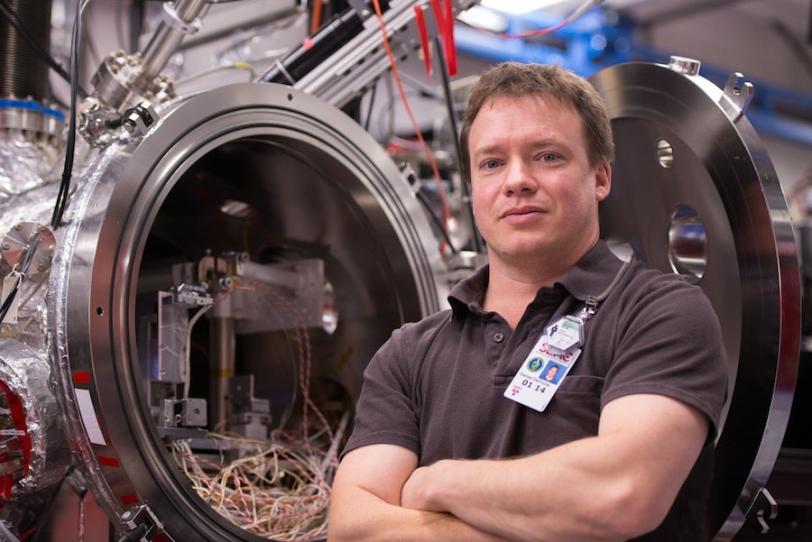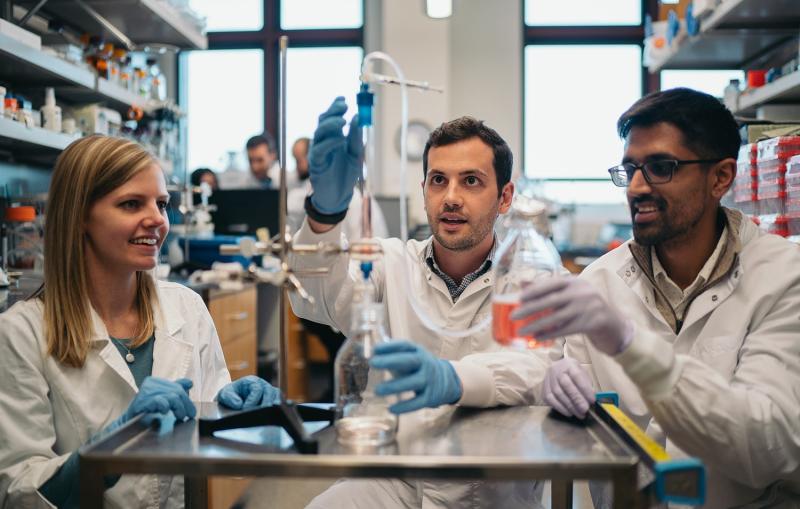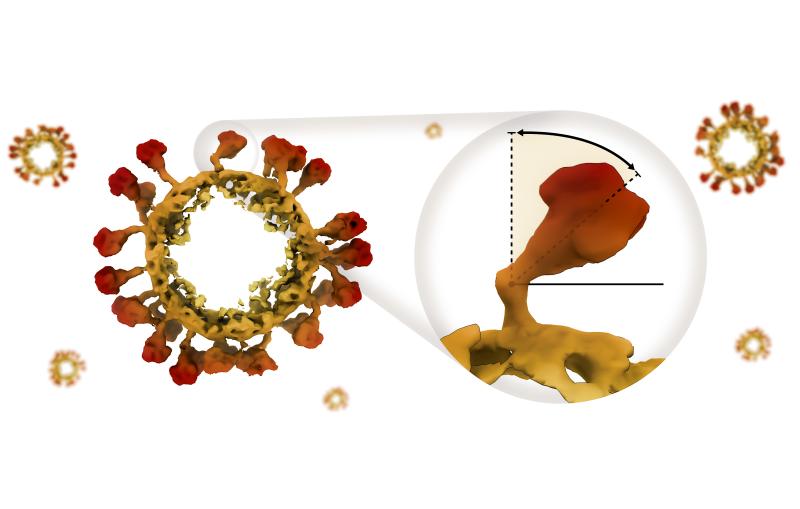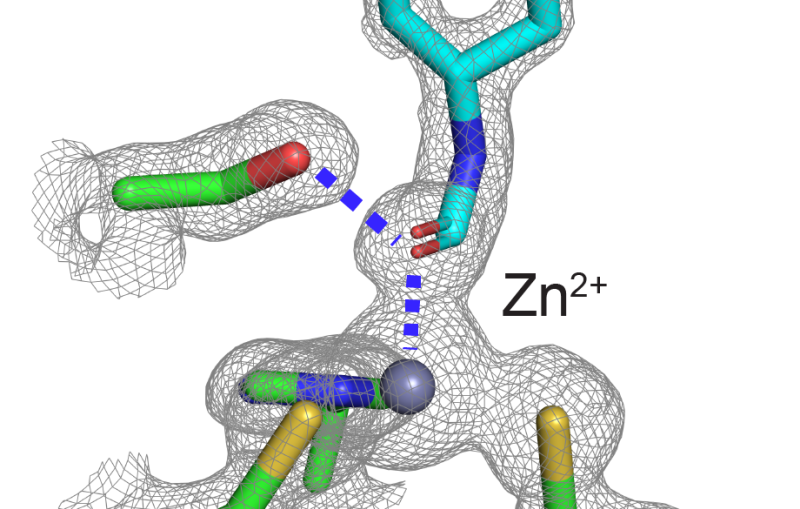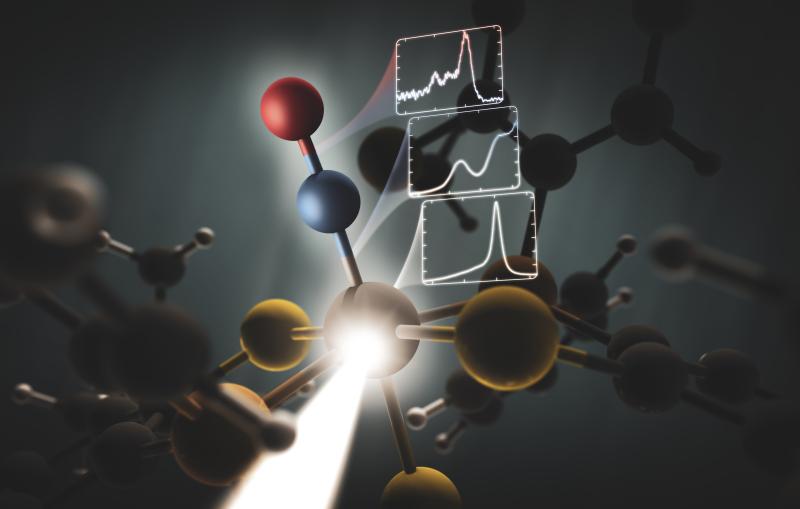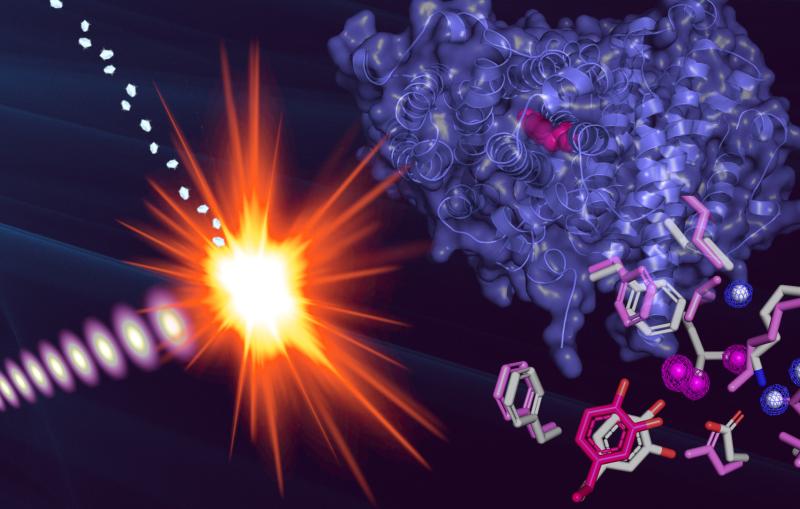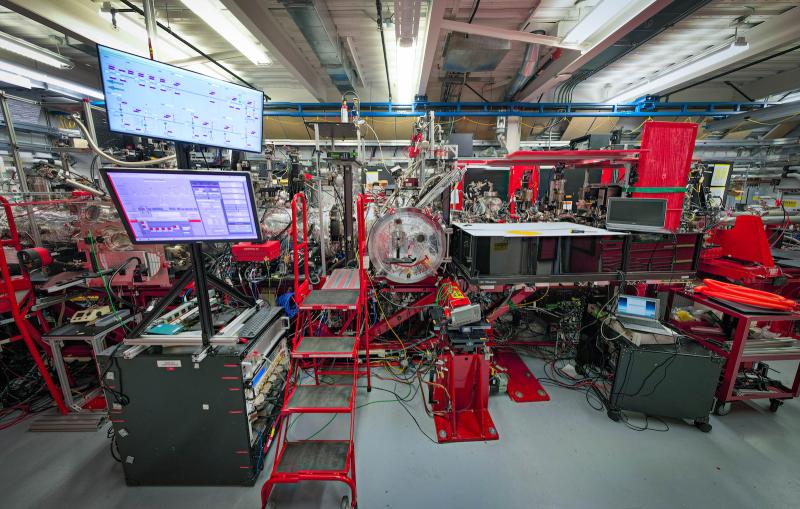The Man at the End of the X-ray Laser
Daniel DePonte, a pioneer in finding ways to serve up a steady and precise supply of crystals, viruses and other precious samples for laser experiments, is the newly hired sample-delivery group leader for SLAC’s Linac Coherent Light Source X-ray laser.
By Glenn Roberts Jr.
Daniel DePonte, a pioneer in finding ways to serve up a steady and precise supply of crystals, viruses and other precious samples for laser experiments, is the newly hired sample-delivery group leader for SLAC’s Linac Coherent Light Source X-ray laser.
A frequent collaborator in LCLS experiments since its launch in 2009, DePonte said he will use his in-house expertise to make the X-ray laser more accessible to the global scientific community and onsite staff.
Originally from Massachusetts, and most recently part of Henry Chapman's X-ray imaging research group at the Center for Free-Electron Laser Science in Hamburg, Germany, DePonte said of his new role, "SLAC has been kind of a home away from home; now it's home."
His wife has family ties in the San Francisco Bay Area, he said, and with the LCLS-II expansion on the horizon, "SLAC definitely has a commitment to keep these free-electron lasers going. I'm quite happy to be here because this is where all the action is."
DePonte's interest in sample delivery developed during research on coherent helium atom scattering technology at the University of Oregon. As a postdoctoral researcher at Arizona State University from 2006 to 2009 he worked on developing a gas-focused system for injecting samples into the laser beam.
At the LCLS, delivering high-quality samples to the X-ray laser at a particular volume, rate and position, thus maximizing the quality and amount of data collected, is critical to the success of experiments.
DePonte, who joined SLAC in early January, will support the sample delivery systems for all six experimental stations at LCLS. Each has unique and specialized instrumentation for studying a wide range of samples across the full spectrum of scientific disciplines.
Among his primary goals is lightening the scientific load for scientists visiting the LCLS by helping them set up their samples based on the results they seek to achieve.
"The goal is to make this place even more user-friendly,” he said, so users don’t need to build and truck in all of their own gear. He also hopes to add ways for researchers to test and screen their samples prior to LCLS experiments, since time using the X-ray laser is precious – only about one in four proposals for LCLS experiments is accepted, on average.
"They should be able to do some sort of sample analysis offline, to figure out roughly how much data they're going to get out of their beam time and have a good expectation of whether it's going to succeed," DePonte said.
DePonte said a test facility at the FLASH X-ray laser in Germany could serve as a model for LCLS: It will use a standard laser system with ultrashort pulses to simulate X-ray laser conditions so scientists can test their samples before taking their experiments to the X-ray laser itself.
There are also plans to allow short sample-screening runs at LCLS for nanocrystallography experiments, which determine the structure and function of important biological molecules, such as those involved in photosynthesis.
Another goal is to increase automation of sample delivery and minimize the X-ray laser downtime as samples are swapped out. "You want to be able to do everything remotely," he said.
He also hopes to double the rate at which X-ray laser pulses score direct hits on samples and better stock and standardize the sample delivery toolkits for all the LCLS instruments "so that a user here wouldn't be completely out of their element."
DePonte has particular expertise in designing, building and using gas-focused jet systems, whose nozzles – similar to those in ink-jet printers – create streams of droplets containing single crystals, viruses and other samples and deliver them into the path of lasers. Other experiments at LCLS require thin streams of liquid or aerosols for single-particle imaging, as examples.
"Our hope is that LCLS-II will be better equipped to do single-molecule imaging and single-molecule manipulation," DePonte said – a Holy Grail for X-ray laser research that will require new breakthroughs in sample-delivery technology.
Contact
For questions or comments, contact the SLAC Office of Communications at communications@slac.stanford.edu.
